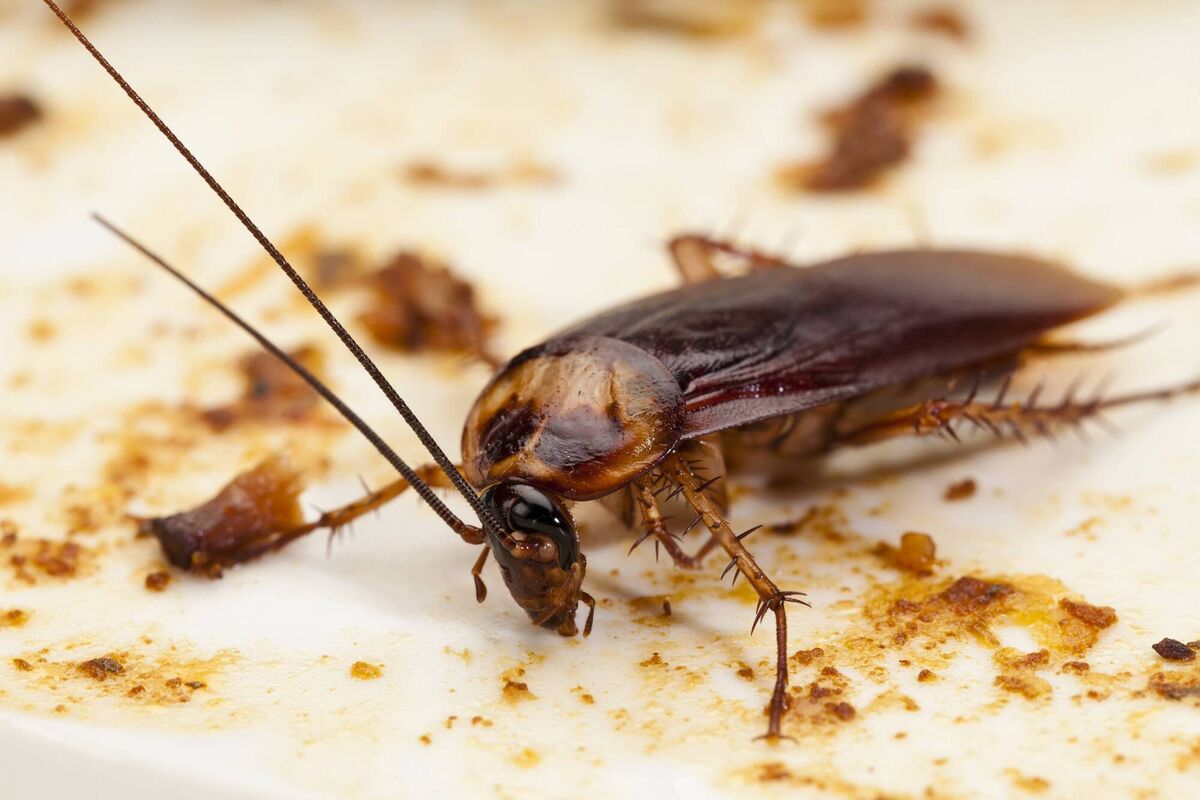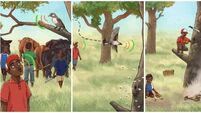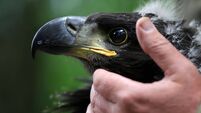Richard Collins: 250-year-old cockroach mystery solved

There are about 3,500 cockroach species, living mostly in the warmer parts of the world. Two of them are relatively common in Ireland — one is known as the ’German’ cockroach, a flat oval-shaped yellow-brown creature up to 14mm from nose to tail, with long swept-back antennas
Cockroaches, the rats of the insect world, are among the most loathed of wild creatures. Dirty food-processing plants, and seedy restaurants, with their greasy cookers are these scavengers’ Disneyland. Their name comes from the Spanish ‘cucaracha’, meaning ‘crazy bug’.
In Vietnam’s humid town Hoi An, giant cockroaches flew around at night, crashing into street lights and falling on people. You had to disentangle the writhing monsters, as big as wrens, from hair and clothing in the steamy darkness. They can bite, I was told, but I wasn’t bitten. Most cockroaches can fly, but they prefer to scurry around on their six hairy legs.
There are about 3,500 species, living mostly in the warmer parts of the world. Two of them are relatively common in Ireland although, because they keep such a low profile, neither is often seen. One is known as the ’German’ cockroach, a flat oval-shaped yellow-brown creature up to 14mm from nose to tail, with long swept-back antennas.
The German species is flightless but this hasn’t stopped it spreading. Probably the most prevalent indoor insect pest in the world, it is found from Nunavut, the most northerly inhabited region of Canada, to Patagonia in South America.
Despite its name, this creature has no particular connection with Germany. It is no commoner there than in other European countries. Carl Linnaeus named it Blattella germanica in 1787, because his specimen had been collected in Germany. The Latin term ‘blatta’ means ‘one which shuns the light’.
But the German cockroach is of special interest to science; mystery surrounds its origins. No population has even been found living outside of a man-made structure. Where, therefore, has it come from and who were its wild ancestors?
A team of scientists from Virginia Tech collected 281 German cockroach specimens from 17 countries in six continents and analysed their genomes. In a paper just published, they reveal that the species evolved in Asia around 2,100 years ago. It had morphed from a cousin, Blattella asahinai, the ‘Asian’ cockroach, which had adapted to human settlements in India or Myanmar. Subsequent research suggested that the new species then spread along ‘a westward route to the Middle East coinciding with various Islamic dynasties’.

"As German cockroaches were known to hitchhike in soldiers' breadbaskets, the expansion westwards was probably due to commercial and military activities," the authors say. They estimate that the species reached Europe in the 1760ss. Next, it embarked on "a younger eastern route coinciding with the European colonial period". Cockroaches, as health inspectors know, are entirely at home in the galleys of ships.
"European advances in long-distance transportation and temperature controlled housing," the authors conclude, were key factors in the German cockroach’s success. The species also managed to defeat all attempts to eradicate it, outwitting every chemical assault.
"It imposes significant social medical and economic costs due to prevalent insecticide resistance allowing it to out-compete 40 known cockroach species in buildings."







